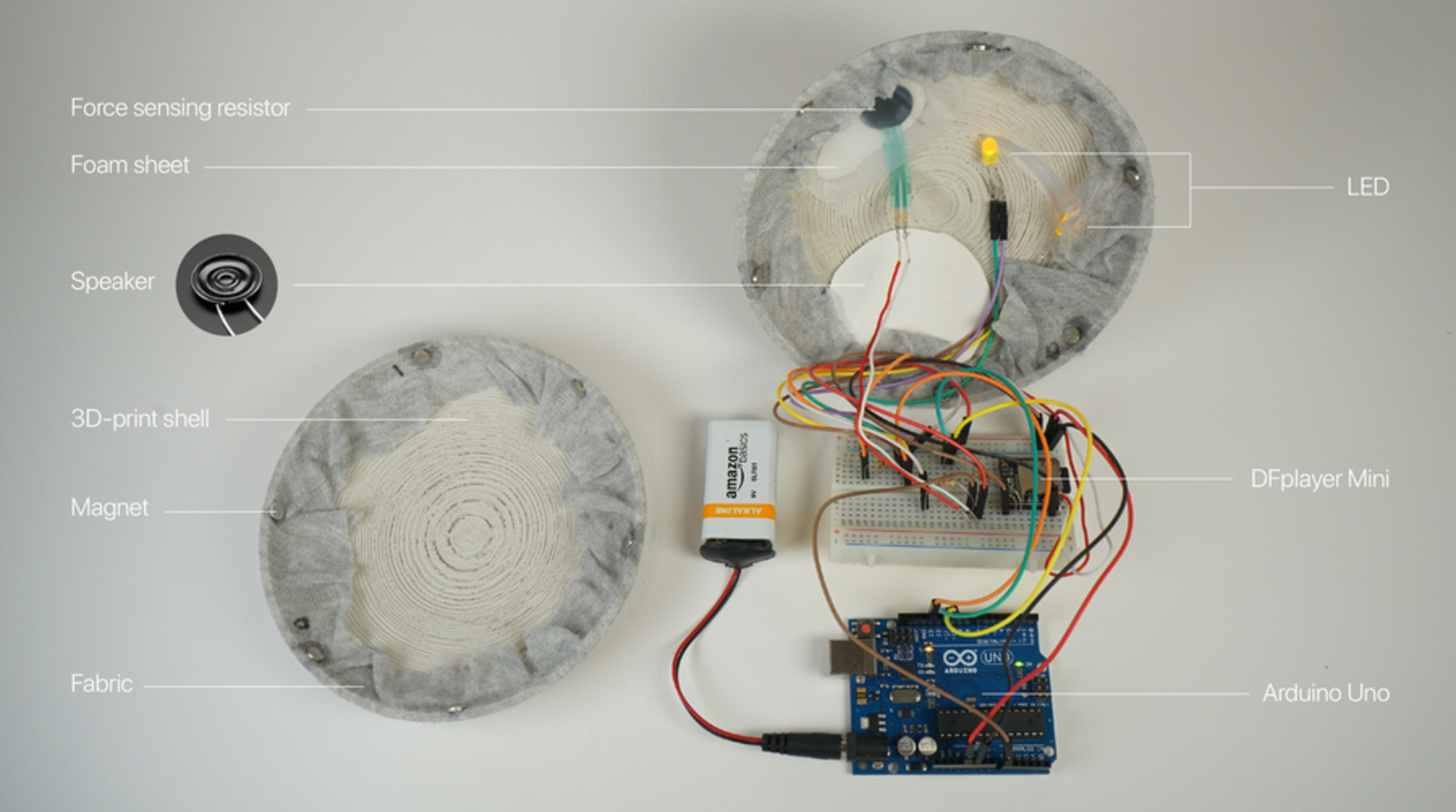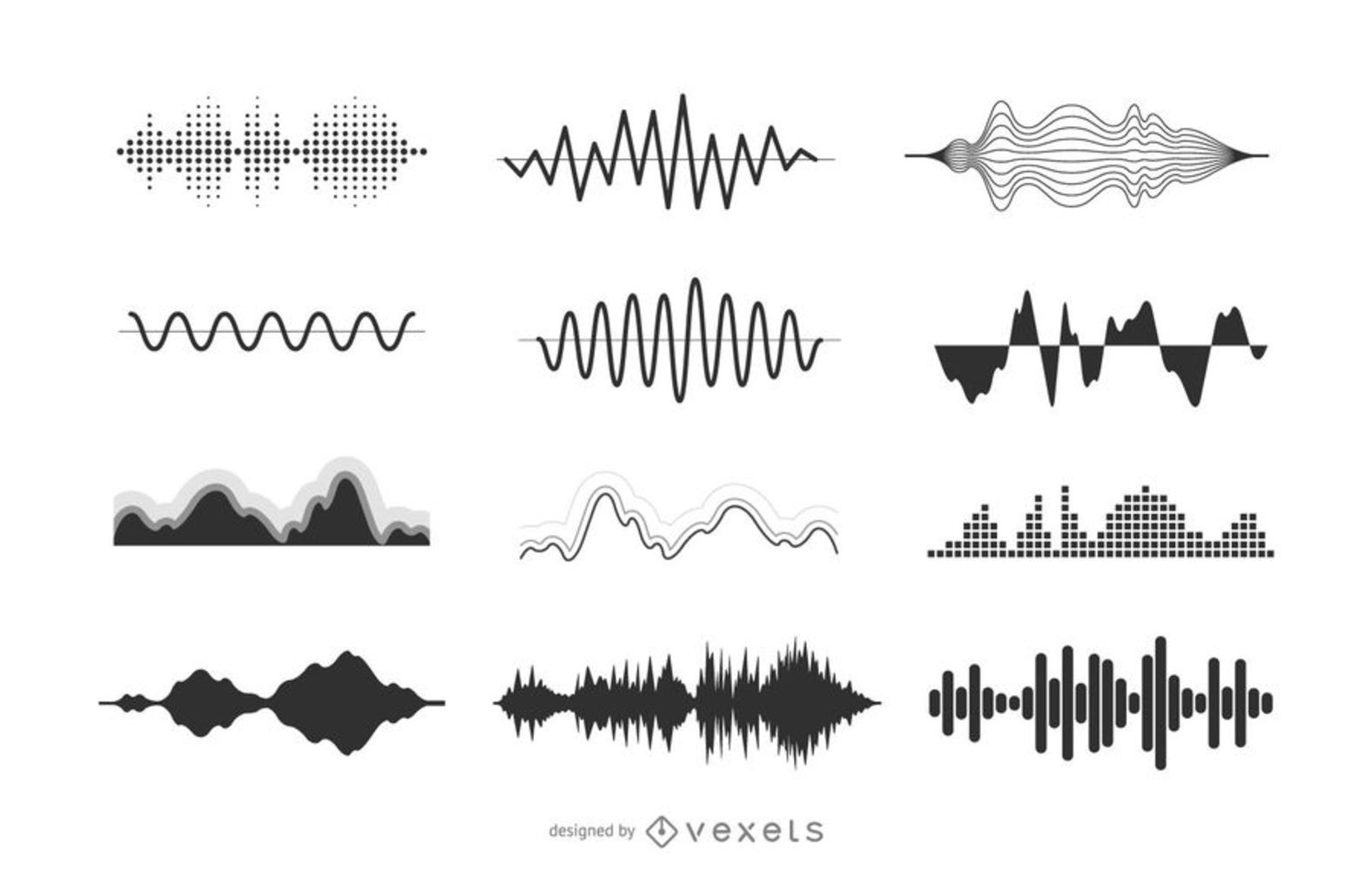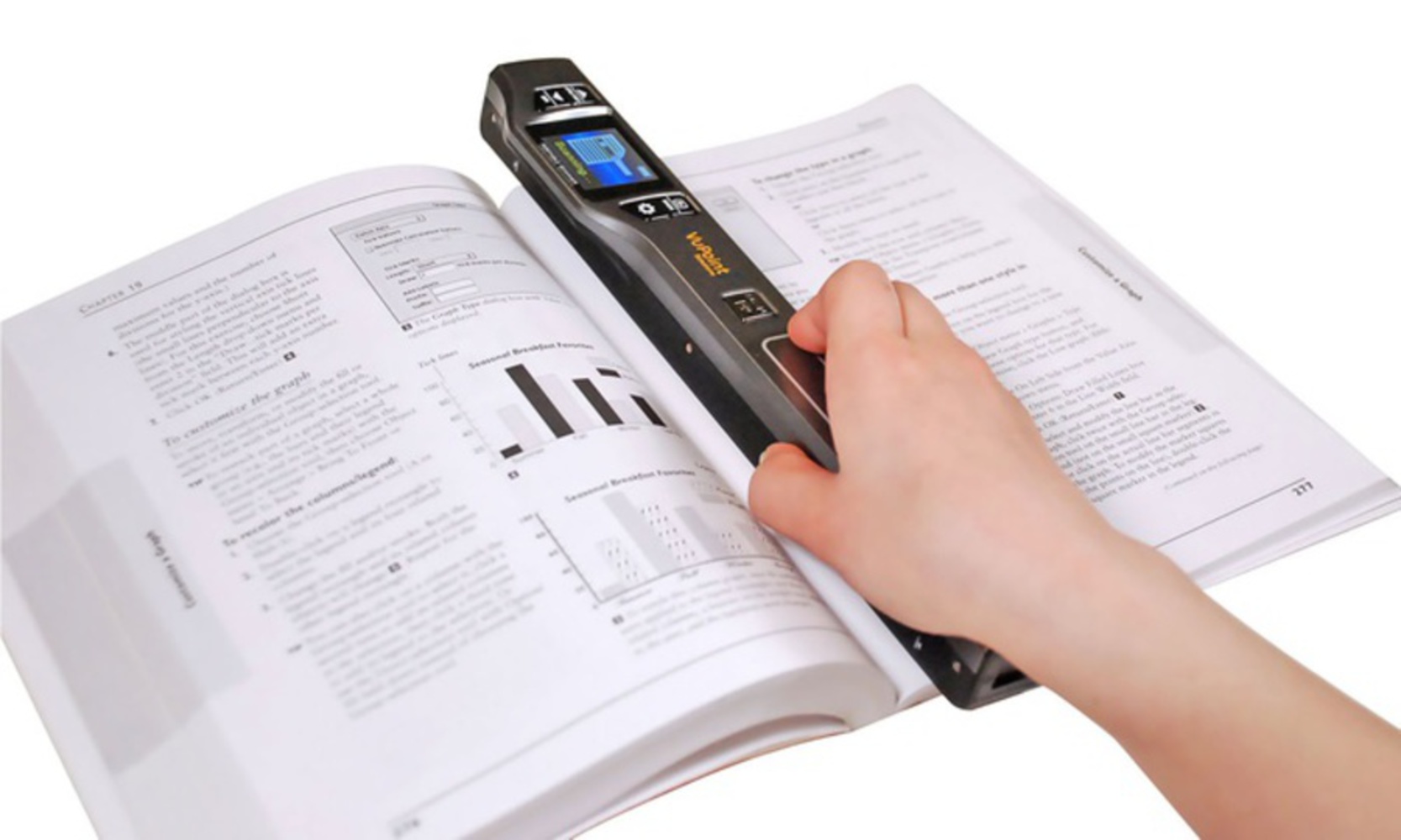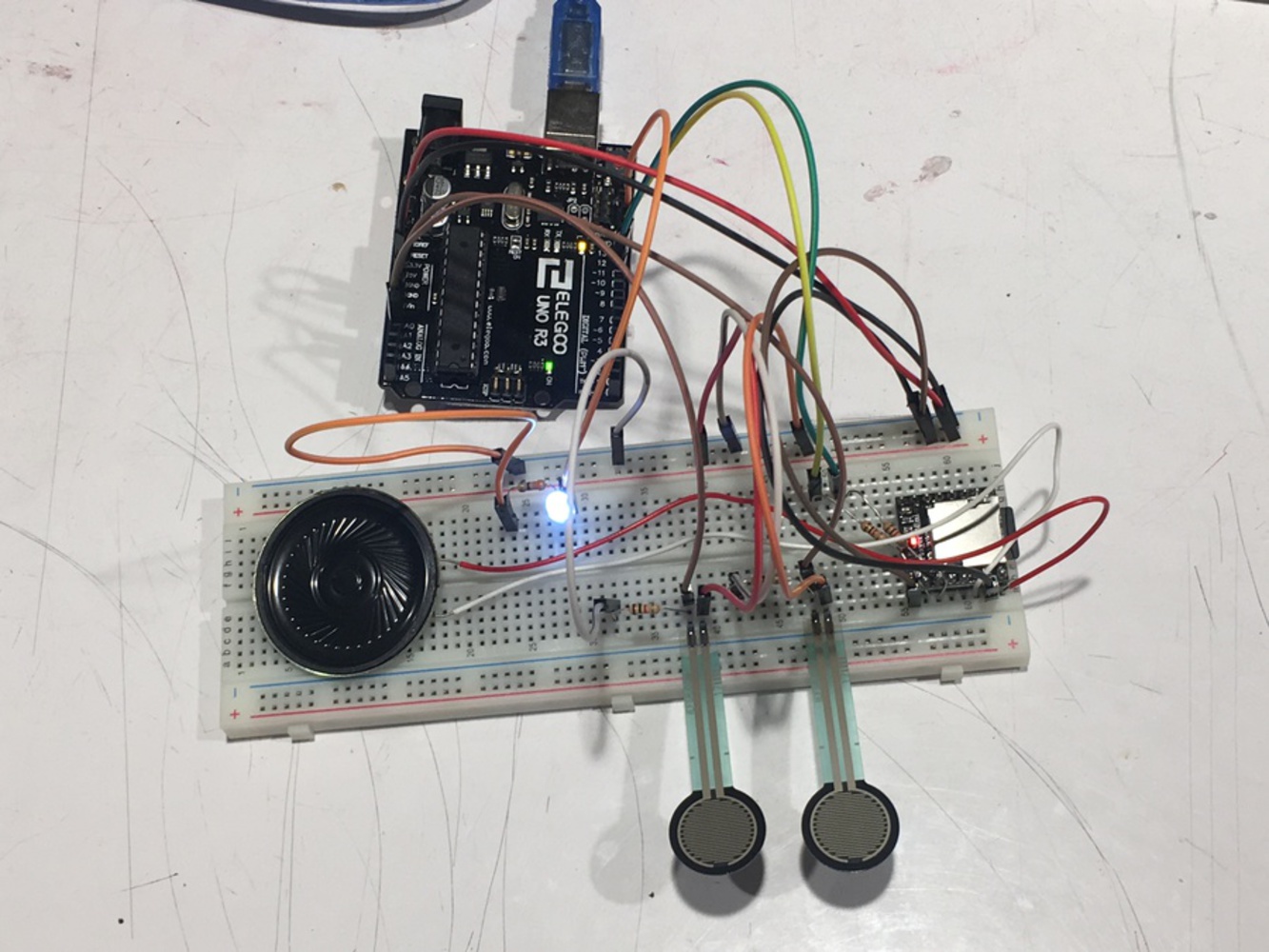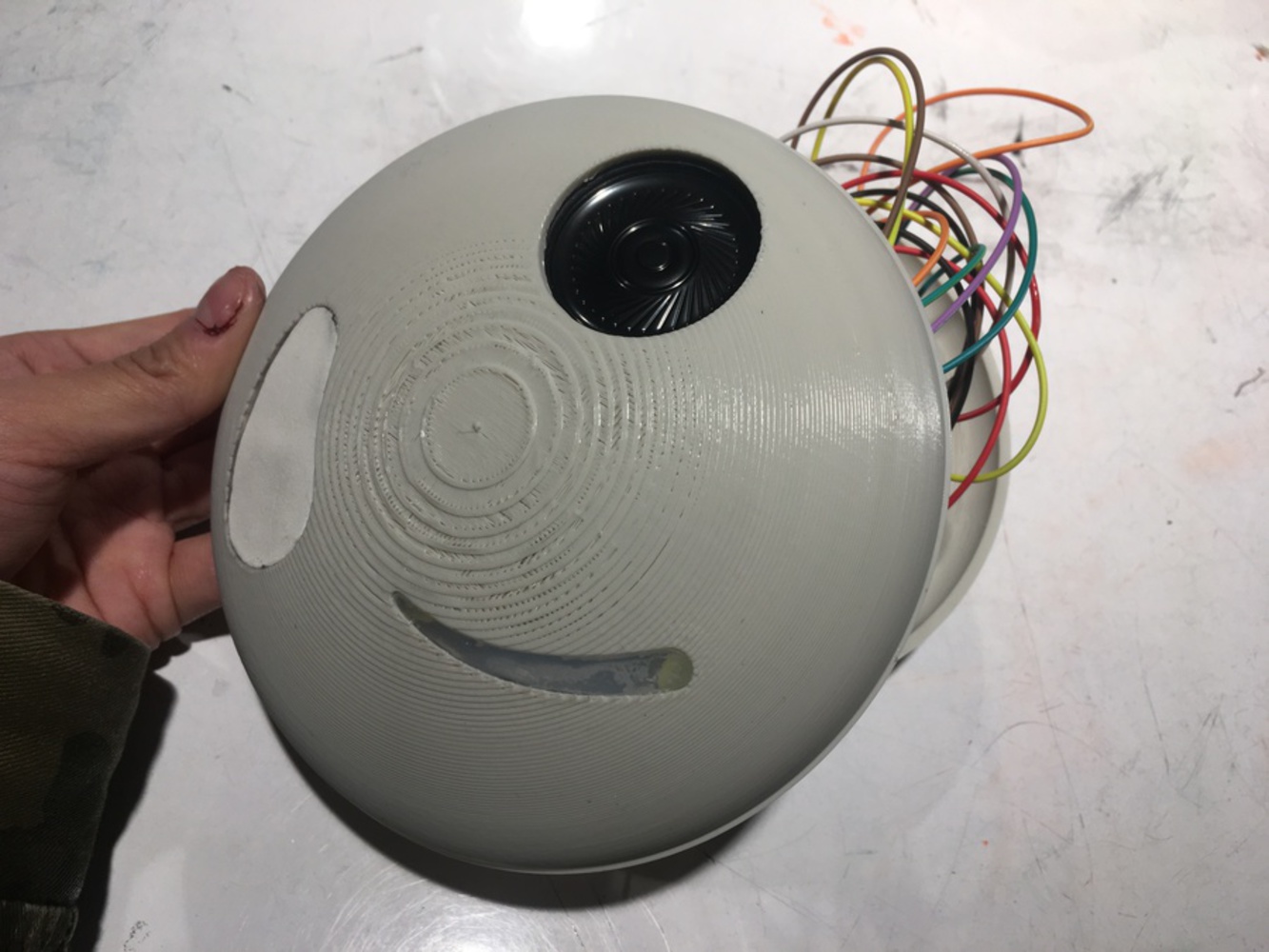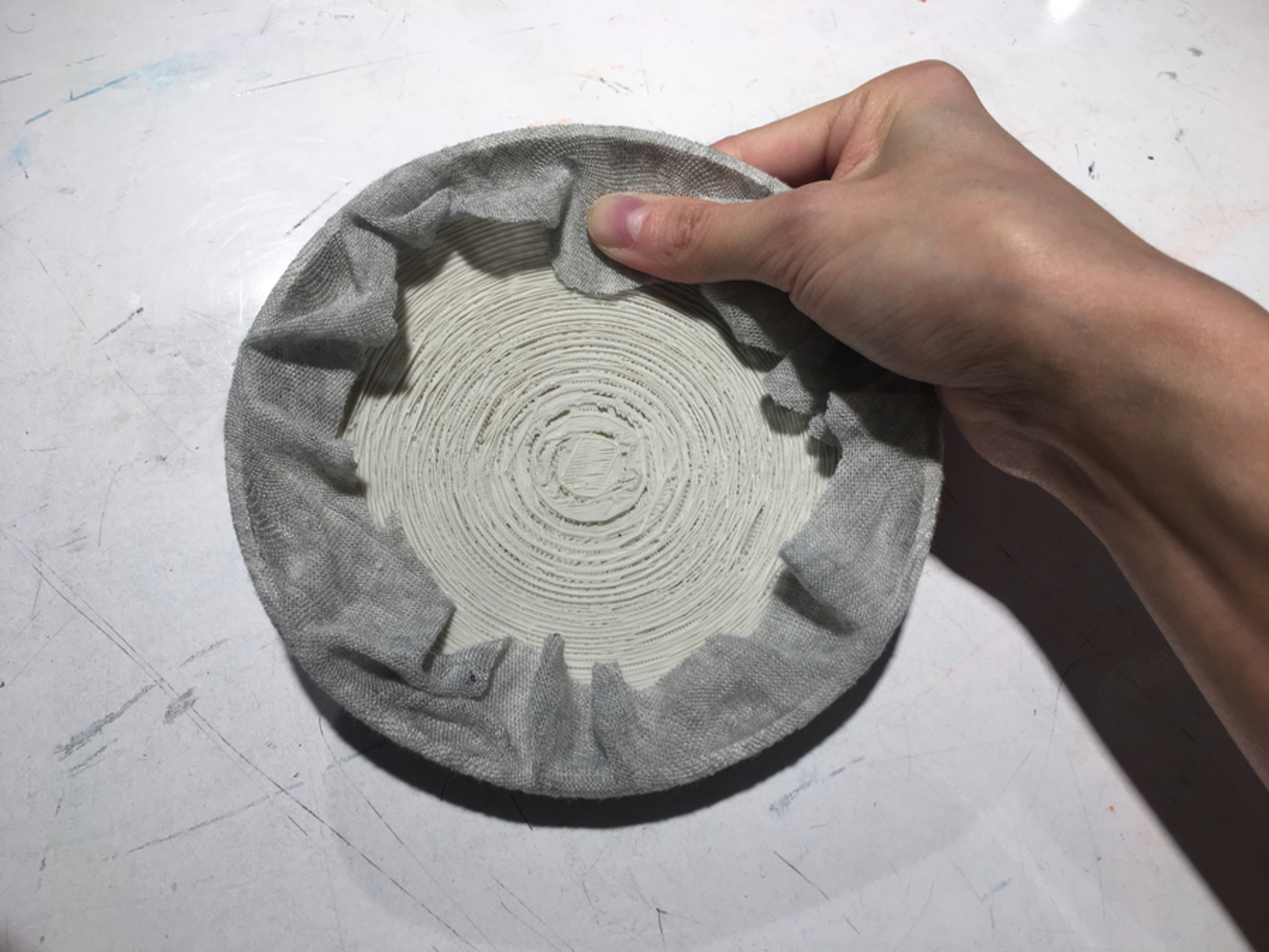Concept
Home is a place of memories. There are many forms of memories that we can find in everyone’s home. In general, they can be grouped into physical and digital assets. Studies have shown that people tend to view physical objects as more valuable than digital archives even though they are equally powerful in terms of their reminiscing functions. This is partly due to the perceived "ephemeral" nature of digital memories. Most physical mementos are freely accessible, being on display or integrated into everyday life for a long time. Digital collections in contrast are invisible and require a deliberate and major effort to access. And it's very easy to delete or lost them by accident.
Inspired from my research about digital and physical mementos at home, I want to create a critical engineering object that opens questions to the perceived value of digital audio memories.
Everaudio is a device that allows users to relive audio memories through various ways. When Everaudio is turned on, it will start to play the stored audio files in an inaudible frequency, that is, below 20Hz or above 20000Hz. Users will recognize the audio's ever presence by the LED indicator located on Everaudio's surface. Alternatively, users can hold Everaudio and feel the vibration of the speaker via tactile engagement with the flexible fabric. Everaudio can also be switched from silent mode to audible mode (play at files' original frequency) via a stroking gesture over its surface, allowing users to relive audio memories in a more direct way.
The design process of Everaudio is essentially my exploration of new types of relationships between users and their digital memories at home. I tried to provide my responses to the following questions:
-How can we increase the perceived value of digital memories?
By providing ambient and continuous presence of audio memories.
-What are the new ways to enhance the reliving experience of audio memories?
Designing for multi-sensory (visual, auditory and tactile) engagement.
-How can we design mementos and their interactions to be suitable for a home setting?
Considering soft materiality and natural gestural interactions.

